Ransomware attacks are the fastest growing form of malware threats. On average, more than 4,000 ransomware attacks occur daily. Ransomware is squeezing victims: Ransomware demands rose by nearly 266% year on year. Ransomware, a type of malicious software that infects and restricts access to a computer until a ransom is paid, affects businesses of all sizes. The good news is that there are best practices you can adopt to protect your business.
- Scan all email to help detect threats and filter out executable files. Enable strong spam filters to prevent phishing emails (an attempt to obtain sensitive information electronically).
2 . Set anti-virus and anti-malware programs to conduct regular scans automatically.
3. Make sure your firewalls are set to block known mischievous sites.
4. Configure access controls—including file, directory, and network share permissions— with least privilege in mind. If an employee only needs to read specific files, the employee should not have write access to those files, directories, or shares.
5. Implement Software Restriction Policies (SRP) or other controls to prevent programs from executing from common ransomware locations, such as temporary folders supporting popular Internet browsers or compression/decompression programs, including the AppData/ LocalAppData folder.
6. Use “Whitelisting” – this only known applications to execute a program/file.
7. Implement an awareness and training program. Because end users are targets, employees should be aware of the threat of ransomware and how it is delivered.
***



